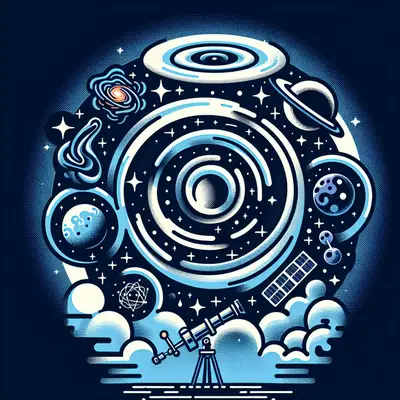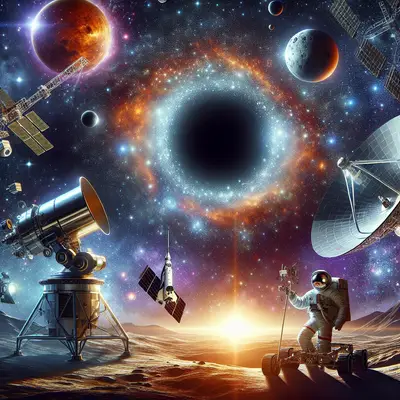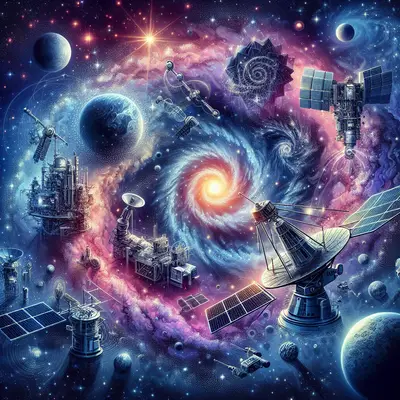The First Photo of a Black Hole
In 2019, humanity took its first photo of a black hole, a celestial object with gravity so strong that not even light can escape. Thanks to the Event Horizon Telescope, a network of eight linked telescopes around the world, we were able to catch a glimpse of the supermassive black hole at the center of galaxy M87. This significant achievement in SpaceTech not only confirmed Einstein's theory of relativity but also opened up new avenues for studying these gravitational giants.
Water on the Moon
In a breakthrough discovery, NASA's Stratospheric Observatory for Infrared Astronomy (SOFIA) detected water molecules on the sunlit surface of the moon. This discovery challenges our understanding of the lunar surface and suggests that water may be distributed across the moon's surface, and not limited to cold, shadowed places. This finding is crucial for future lunar missions, including NASA's Artemis program, which aims to land the first woman and the next man on the moon by 2024.
The Discovery of Phosphine on Venus
In a surprising twist, phosphine, a gas typically associated with life, was detected in the atmosphere of Venus. While Venus is known for its inhospitable conditions, this discovery has sparked discussion about the possibility of life in the Venusian clouds. Although the source of phosphine is still a mystery, this discovery has reignited interest in our neighboring planet.
The Exoplanet Revolution
The Kepler Space Telescope, launched in 2009, has revolutionized our understanding of exoplanets - planets outside our solar system. Kepler has discovered over 2,600 confirmed exoplanets, many of which could potentially support life. This has led to a paradigm shift in our search for extraterrestrial life and has expanded our understanding of the universe beyond our own solar system.
The Detection of Gravitational Waves
In 2015, the Laser Interferometer Gravitational-Wave Observatory (LIGO) made the first-ever detection of gravitational waves, ripples in the fabric of spacetime caused by violent cosmic events. This groundbreaking discovery opened a new window to the universe, allowing us to observe cosmic events like never before. It has provided a new way to study the universe and its mysteries.
Conclusion
These astonishing discoveries, enabled by the advancement of SpaceTech, bring us one step closer to understanding the vast and mysterious cosmos that surrounds us. As we continue to explore the universe, who knows what other wonders await us in the depths of space? The sky is not the limit, it's just the beginning.



